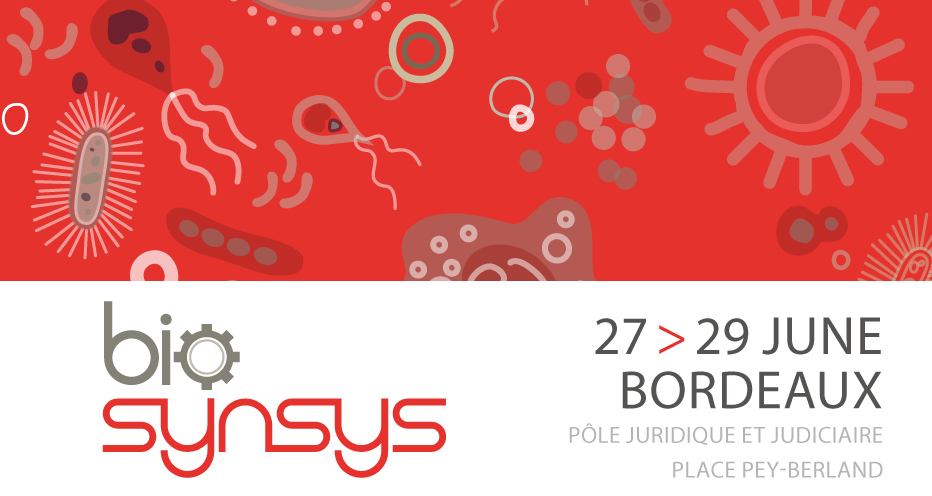The medicinal plant Madagascar periwinkle (Catharanthus roseus) produces a large palette of Monoterpenoid Indole Alkaloids (MIAs). These compounds originate from the universal precursor strictosidine and some of them exhibit precious therapeutic values. Dimeric MIAs such as vinblastine and vincristine are used in cancer chemotherapy while monomeric heteroyohimbine MIAs display various pharmacological activities. The synthesis of these molecules in planta is a very complex process.
Significant progresses in the field of C. roseus omics were accomplished only very recently. Indeed, the recent expansion of transcriptomic resources, combined with the development of efficient approaches of virus-induced gene silencing and other technical approaches used for functional validation, have propelled the C. roseus model in the phytochemical genomics era, thus offering new possibilities for deciphering the whole MIA biosynthetic pathway [1, 2].
This also opens new perspectives towards MIA production by the development of synthetic biology platforms as illustrated by the reconstruction of segments of the pathway in yeast.
We demonstrated first the de novo production of strictosidine in a Saccharomyces cerevisiae host from 14 known MIA pathway genes, along with an additional 7 genes and 3 gene deletions [3]. A second engineered yeast strain containing a segment of 7 genes was generated and capable of converting tabersonine into vindoline, one of the two final precursors of the dimeric alkaloids.
In the future, completion of the intermediate branch of the alkaloid pathway may lead to the total biosynthesis of MIAs in microbial platforms.
References :
[1] Courdavault et al. (2014) Curr Opin Plant Biol, 19:43-50.
[2] Dugé de Bernonville et al. (2015) Phytochemistry, 113:9-23.
[3] Brown et al. (2015) Proc Natl Acad Sci USA, 112:3205-10.

 PDF version
PDF version
